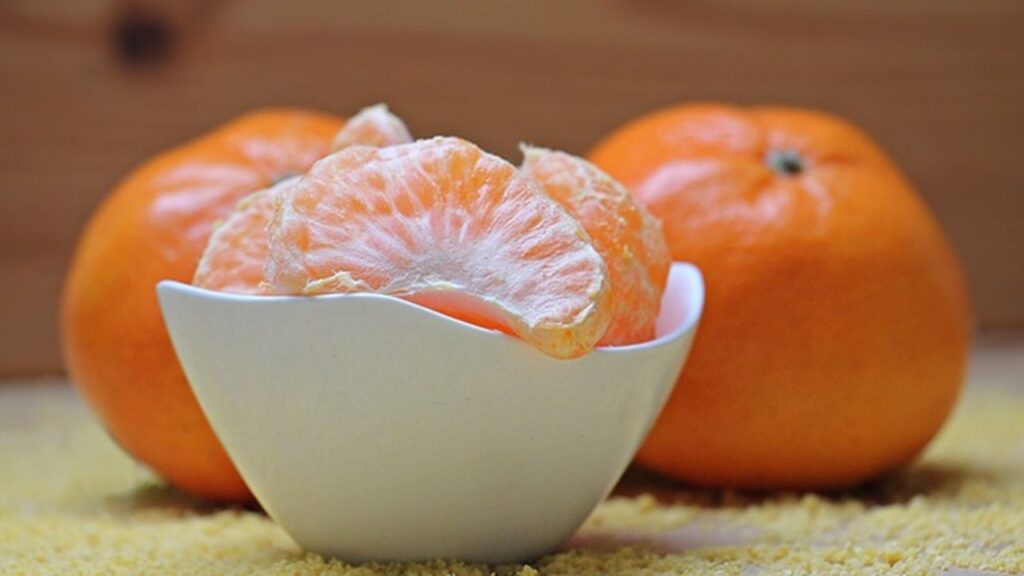Clementine: 5 Curiosities That Will Amaze You
In this article, we want to talk to you about clementines, delightful citrus fruits that grace our tables from mid-October to January. Instead of delving into a list of their numerous health benefits, we’ll focus on some curiosities.

5 things you didn’t know about clementines
Many believe that clementines have an ancient history dating back to Roman times. This theory is wrong, as these citrus fruits are named after the French fruit grower Pierre Clément, who first hybridized them in 1902. Pierre Clément worked at the Botanical Garden of Algiers, Algeria, where he crossed a mandarin with a bitter orange, thus giving life to this new citrus variety, which he aptly named clementines.
Clementines are often confused with mandarins, but they have distinct characteristics. While both belong to the Rutaceae family, mandarins are oval-shaped, possess thicker skin, a more acidic flavor, and may contain seeds. In contrast, clementines have a rounded shape, a sweeter taste, and are typically seedless.

In terms of symbolism, clementines are often associated with luck and prosperity. Across many countries, these citrus fruits are exchanged as gifts during the holiday season, serving as a gesture of well-wishing for good luck in the upcoming new year.
If you are a citrus fruit lover, you will be interested in knowing how much you can consume per day. Clementines, being rich in vitamin C, fiber, and other vital nutrients, are a healthy addition to your diet. However, moderation is key with any food. Nutritionists typically advise a daily consumption of 150 grams, equivalent to about 3 clementines.
Clementines are famous for their sweet and refreshing flavor. Beyond their delightful taste, they serve as an excellent source of vitamin C, potassium, and fiber. Additionally, clementines boast a rich antioxidant content, aiding in the fight against free radicals within the body.
The versatile nature of clementines allows for various culinary applications. Whether enjoyed on their own or used in various sweet and savory dishes, their juicy and fragrant pulp adds a burst of flavor. Clementines are perfect for delicious fresh juices and smoothies, and their vibrant taste complements salads beautifully. Furthermore, they can be utilized in preparing sauces and dressings, enhancing the flavors of meat and fish dishes. The adaptability of clementines in the kitchen provides numerous creative possibilities for those looking to infuse their meals with a touch of citrus goodness.





